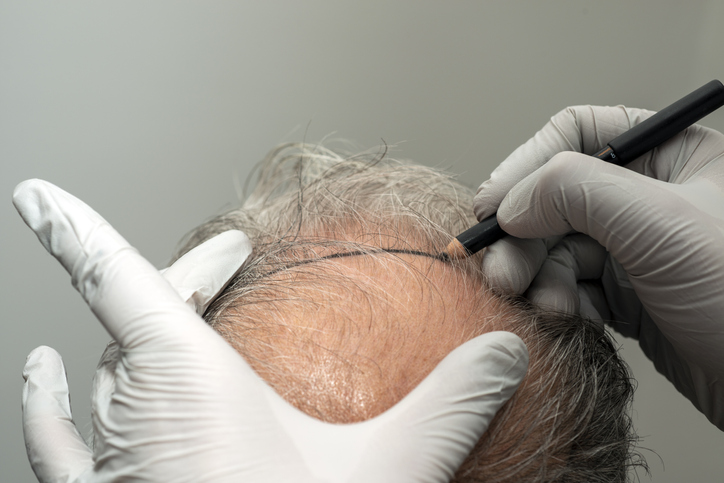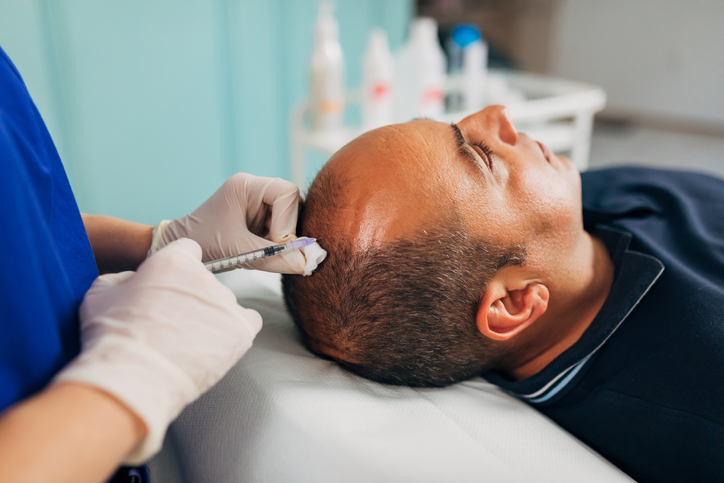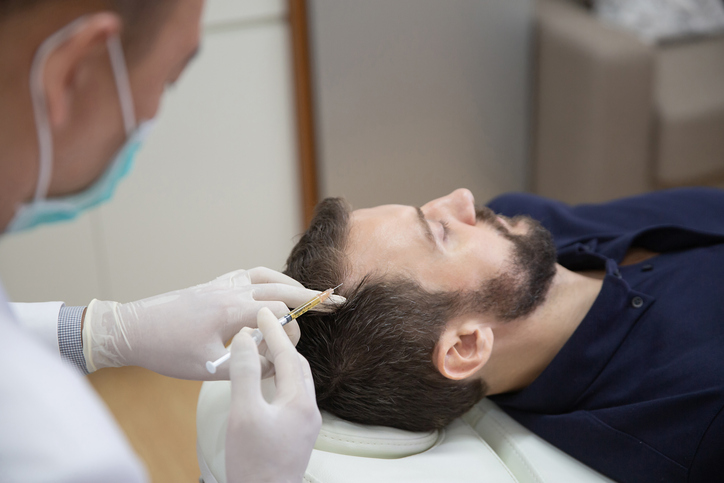Hair transplant surgery has emerged as an effective solution for those seeking to restore their hairline and regain a youthful appearance. One crucial aspect of a successful hair transplant is the design of the hairline.
The hairline serves as a frame for the face and plays a significant role in defining one’s appearance. A well-designed hairline is essential in creating a natural and harmonious outcome after a hair transplant. It involves carefully considering various factors, including facial features, age, gender, and the individual’s desired aesthetic outcome.
Before undergoing a hair transplant procedure, a thorough consultation with a qualified and experienced hair transplant surgeon is crucial. During this consultation, the surgeon will assess the individual’s hair loss pattern, degree of hair loss, and donor hair availability. They will also discuss the patient’s expectations and preferences regarding their hairline design.
Creating a natural-looking hairline involves mimicking the individual’s original hairline or recreating a suitable hairline that complements their facial features. The surgeon will consider the shape of the face, the position of the eyebrows, and the overall balance and symmetry of the face. The goal is to design a hairline that looks age-appropriate, aesthetically pleasing, and proportionate to the patient’s facial structure.
The surgeon will take into account the direction and angle of hair growth to ensure that the transplanted hair follows the natural pattern. This attention to detail is crucial in achieving a seamless blend between the transplanted hair and the existing hair, creating an undetectable transition. By carefully considering the hairline’s shape, density, and natural irregularities, the surgeon can deliver a hairline that looks like it has never undergone a transplant.
Hairline design is not a one-size-fits-all approach. It must be customized for each individual to achieve the most natural-looking results. The surgeon may use various techniques, such as single hair follicle transplantation at the front of the hairline, to create a soft and gradual transition. They may also strategically place denser hair grafts behind the hairline to add depth and a sense of fullness.
The surgeon will also consider the long-term implications of the hairline design. As hair loss can progress over time, a conservative approach is often taken to ensure that the transplanted hairline remains aesthetically pleasing and natural-looking as the individual continues to age. The surgeon will anticipate future hair loss patterns and design the hairline with this in mind, creating a result that withstands the test of time.
In addition to the surgeon’s expertise, advanced technology and techniques play a vital role in achieving optimal hairline design.
Microscopic dissection and precise placement of hair grafts allow for meticulous control over the direction, angle, and density of the transplanted hair. This level of precision ensures that the transplanted hair blends seamlessly with the existing hair, resulting in a natural and undetectable hairline.
It’s important to note that the final outcome of a hair transplant takes time. After the procedure, the transplanted hair will shed within a few weeks. However, the hair follicles remain intact beneath the skin and gradually enter a new growth cycle. Over several months, new hair will start to grow from these follicles, and the full results will become apparent.
In conclusion, hairline design is a critical aspect of a successful hair transplant procedure. A well-designed hairline enhances the overall appearance, restores confidence, and provides natural-looking results. By considering individual characteristics, using advanced techniques, and anticipating future hair loss, a skilled hair transplant surgeon can create a hairline that is both aesthetically pleasing and age-appropriate. If you’re considering a hair transplant, consult with a qualified professional to discuss your options and achieve the hairline of your dreams.





